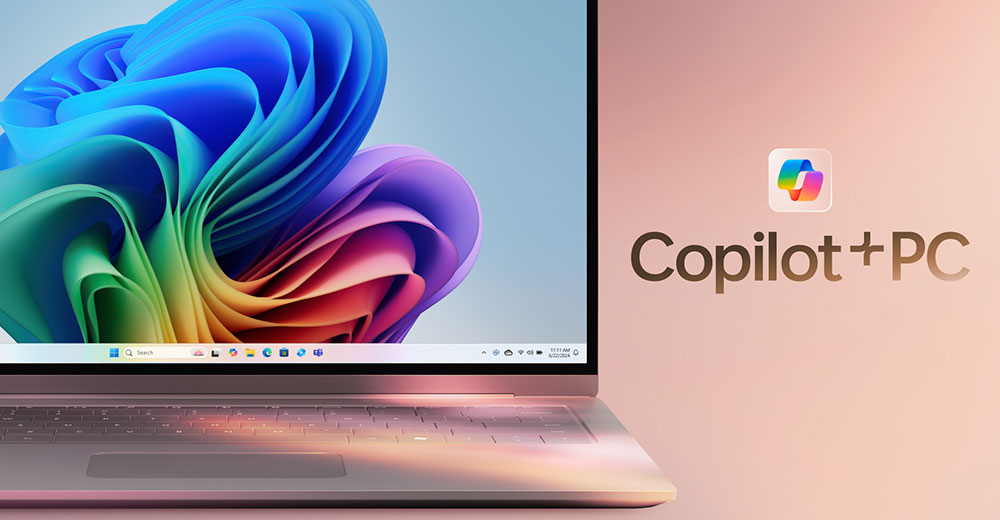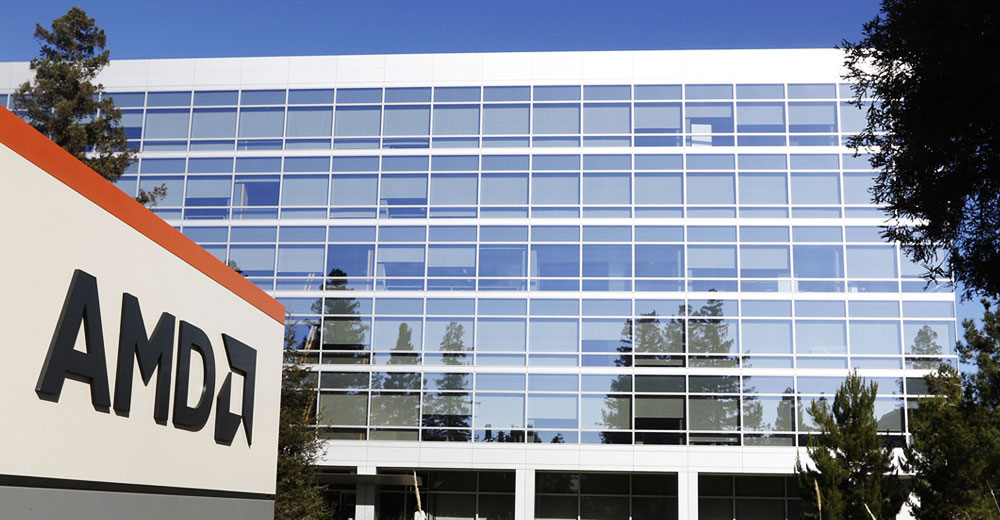In the ever-crowded CRM market, vendors must differentiate themselves to stand out from competitors. Pipeliner CRM founder and CEO Nikolaus Kimla tested that principle when he was forced to rebuild his CRM platform around open source to create a modern and agile new system.
Through that four-year process, Kimla demonstrated that agile CRM is more sustainable and can seamlessly integrate new features and updates. The result is a system that helps users customize its features to fit their organization’s needs. Open-source technology creates a flexible, user-friendly platform for sales professionals, addressing all daily functions within the CRM environment.
“The most successful CRM structures demonstrate an ability to assess situations quickly and react intelligently. They are capable of staying agile considering rapidly evolving technology. They capitalize on opportunities like artificial intelligence, mitigate risks, and maintain a competitive edge in rapidly changing business environments,” Kimla told CRM Buyer.
Pipeliner built its original CRM on Adobe AIR and Flash technology, a combination that became the framework for one of the biggest gaming platforms. It was well suited for a highly graphical user interface, he noted.
Adobe transitioned its technology to another architecture as Flash technology died, presenting Kimla with the choice of going out of business, remaining static with existing out-of-date software, or innovating with new technology.
Rebuilding the platform from scratch with open-source components posed unavoidable challenges. These included maintaining customer service and retaining the same interface while reprogramming the backend over those four years.
The new platform offers advantages such as faster development, AI integration for better customer experience, and a more affordable pricing model. It also features a visual design framework, reduces onboarding time by 70%, and aims to make administration accessible to non-certified users.
Balancing Act Extraordinaire
Retaining existing customers was a priority, along with ensuring a smooth transition to the new platform.
“We had a lot of customers. And if you want not to lose them, one of the biggest problems is when you have a totally new interface because then the customer has to redo everything,” Kimla explained.
To solve that, he decided to recreate the same interface and bring the same navigation and appearance to the new application. That meant bringing the entire backend along as well.
“It was already very large. It took us four years of reprogramming, and you were basically out of business or still in business but with a reduced workload.”
Pipeliner CRM managed to remain in business through the rebuild process by paralleling its technology. Kimla described this parallel operation as one of the most exciting outcomes.
“We were able to do that and still grow the company, even if not big, while reprogramming everything. At one point, the old system was no longer actively developed but was still sold and used by customers. This was quite an endeavor,” he offered.
Leveraging Open Source for a Competitive Edge
The new platform provided the latest technology. It gave Pipeliner CRM a significant edge over competitors such as Salesforce, Microsoft, and other large players whose systems were cumbersome and built on old legacy systems in many ways, like scripting languages, according to Kimla.
He observed a key advantage of using open source: The open source community constantly optimizes libraries and other components so that users can quickly adopt and integrate new features into the application.
“That means speed to market. Speed is one of the most important things. Customers are often very impatient. They want all the AI software immediately,” said Kimla.
Perhaps Pipeliner’s biggest growth area is meeting the needs of mid-market CRM users. Most existing solutions are complex, unfriendly, and cumbersome.
Adaptability Matters in Adopting CRM Systems
Kimla pointed to adaptability as one of the most important hallmarks of new CRM systems. Adaptability has a lot to do with how easily it can be integrated through APIs, webhooks, and other methods of connecting to Pipeliner CRM.
Pipeliner CRM created the most visual design framework that people love to use. A second growth point is the modernized price point. Licensing fees are expensive industry-wide.
“We brought in a very affordable pricing model with great value and offer more than anyone else. The biggest revolution we have brought to bigger, mid-sized companies and enterprises is the administration,” said Kimla.
For example, a restructured pricing system and reduced onboarding time can significantly lower CRM costs.
“We reduced that onboarding time by 70%,” he said.
AI Brings Built-In Advantages
Pipeliner uses its own Voyager AI features to help users understand customer relationships in real time and identify growth opportunities. According to Kimla, Pipeliner CRM is at the forefront of AI implementation in the CRM space, integrating its AI directly into the CRM interface.
“In comparison, most other solutions link out to third-party applications such as ChatGPT, disrupting the flow of the CRM process,” he said.
For instance, Voyager Sentiment analyzes the emotions and sentiments in customer communications so sales teams can gain insights into satisfaction and account health. Voyager Recommend leverages customer data such as purchase history, customer interactions, and support tickets to identify opportunities to upsell and cross-sell.
“AI is a vital tool for analyzing CRM data and recognizing valuable insights. Not only is it faster than humans when evaluating data, but it is also more effective at identifying patterns regarding customer preferences and feedback,” Kimla concluded.

























































